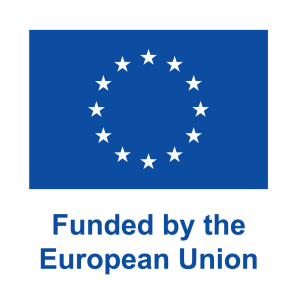WG2: Computational optimization of catalytic properties
MOTIVATION
The major goal of WG2 is to generate computational pipelines that can be used to: (i) alter the substrate scopes of enzymes by designing suitable sets of mutations, (ii) identify novel enzymes with required chemistries in genomic databases and (iii) manipulate protein dynamics, which is very important for specificities as well as substrate specificities and selectivities. The protocols consist of combinations of modules that generate sets of mutations with relatively fast design methods (as implemented in Rosetta) followed by MD simulation or quantum theoretical methods. The latter produce more accurate predictions that can be used to select the best variants for experimental characterization. It is attractive not only to introduce point mutations, but also to adapt the enzyme backbone through loop grafting, a known mechanism in natural enzyme evolution. Loop grafting is more challenging than the introduction of point mutations but can be done through bioinformatics like
approaches or by molecular modelling through design software like Rosetta or MODELLER. The development of facile and effective computational protocols to enable loop grafting has the potential to be transformative for the protein engineering field. When a chemical reaction step is anticipated to be rate-limiting, the behavior of the mutant variants can be pre-screened using MD simulation to assess binding affinity and the formation of catalytically productive conformations. In case of enantioselectivity engineering, such scoring of productive conformations can suffice since the inherent reaction barrier for
formation of either enantiomer is identical. When enzyme activity is screened for, quantum chemical methods may be required to verify that the energy barrier for conversion of the targeted substrate has decreased. Target enzymes include transaminase, peptide bond forming enzymes, epoxide hydrolases, P450 monooxygenases, peroxidases, peroxygenases, flavin-dependent oxidases, haloalkane dehalogenases, decarboxylases and luciferases and sugar-acting enzymes.
Transition metal cofactors – Although metalloenzymes are versatile chemical biocatalysts, these enzymes, and especially those without rigid prosthetic groups, are fairly challenging for molecular dynamics simulations. The reasons for that are, inter alia, soft nature of metal-ligand bonds and plasticity of the metal first coordination shell, which manifest in various coordination numbers and geometries. As molecular dynamics plays a pivotal role in computational enzyme redesign protocols, to be able to apply the latter to metalloenzymes, accurate and computationally efficient force-fields for the metal cofactors are very much in demand. Hence, one of the tasks of WG2 is to test various protocols for development of reliable force-fields for metal cofactors, e.g. those in mononuclear non-heme iron oxygenases or copper oxidases. To fully unleash the biocatalytic potential of such enzymes, e.g. copper-dependent oxidases and oxygenases, the computational redesign protocols need to have a precision enabling fine tuning active site structure and dynamics and hence controlling the direction of the enzymatic reaction.
OBJECTIVES
The objectives of WG2 are to develop computational protocols that can improve substrate scope, stereoselectivity as well as cofactor preference. The development of computational protocols for mining of enzymes with novel chemistries and finally to develop computational approaches for engineering protein dynamics.
Specific Tasks of WG2 are:
Develop robust protocols and and algorithms for efficient optimization of catalytic properties
Optimization of COZYME target enzymes using newly developed computational platform.




